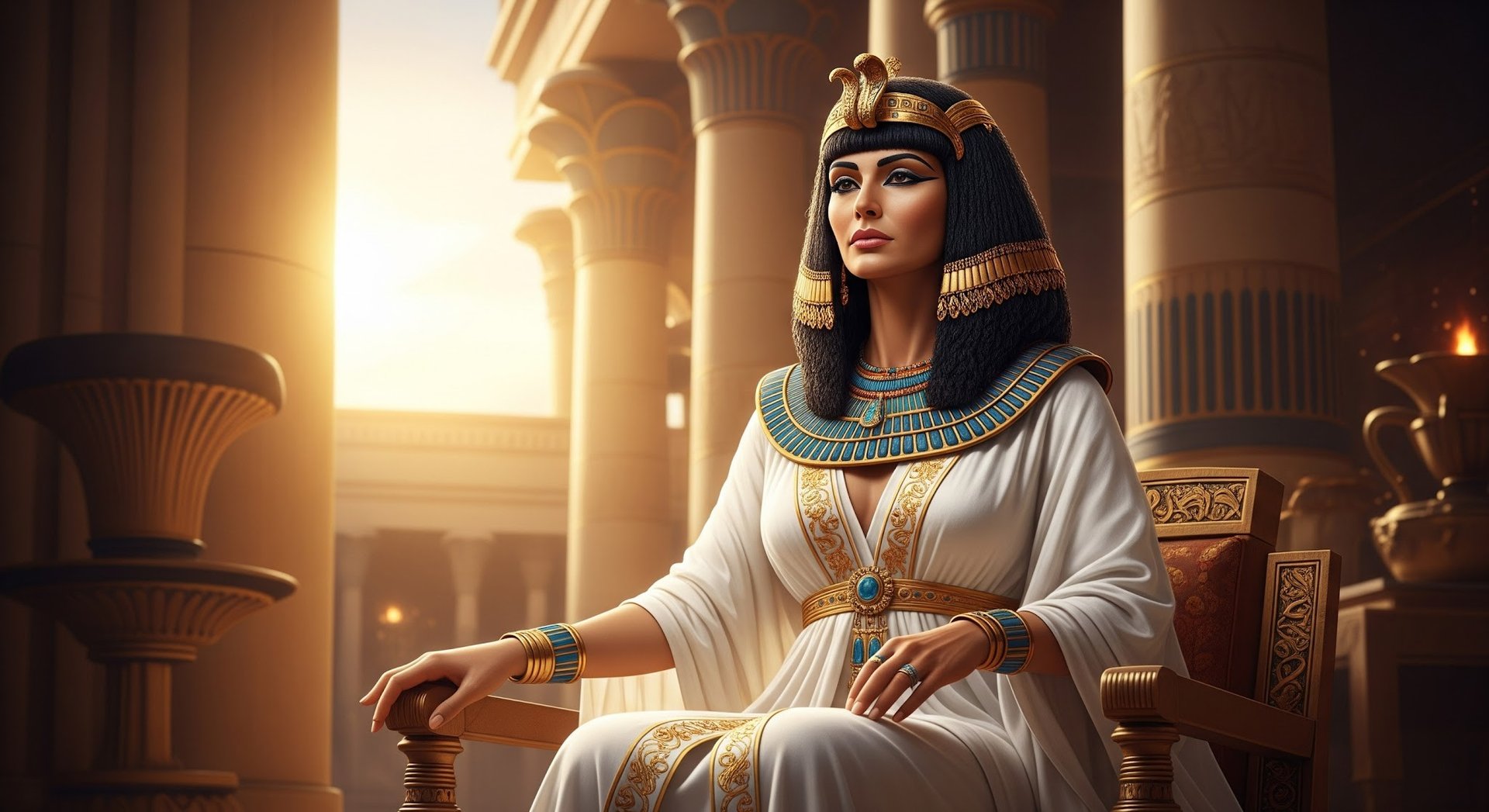
Cleopatra: Myths, Facts, and Trivia About the Woman Who Captivated History
HISTORY OF EGYPT
3/6/20253 min read
Cleopatra VII, the last Pharaoh of Egypt, has been a figure of fascination for centuries. From her legendary beauty to her storied romances and political acumen, Cleopatra’s life has inspired countless tales, movies, and debates. But how much of what we know about her is true? Let’s separate the myths from the facts and dive into some fascinating trivia about this iconic queen.
1. Cleopatra’s Origins: Greek, Not Egyptian?
One of the most common misconceptions is that Cleopatra was ethnically Egyptian.
Fact: Cleopatra belonged to the Ptolemaic dynasty, which descended from Ptolemy I, a general of Alexander the Great. This means she was of Macedonian Greek origin.
Trivia: Cleopatra was the first in her dynasty to learn the Egyptian language, a move that strengthened her bond with her subjects and emphasized her role as a ruler of Egypt.
Myth: Cleopatra’s beauty alone won hearts.
Fact: Ancient texts describe Cleopatra as intelligent, charismatic, and eloquent. Her allure lay more in her mind and personality than her looks.
2. Her Iconic Love Stories: Fact or Fiction?
Cleopatra’s relationships with Julius Caesar and Mark Antony are often romanticized. But what’s the reality?
With Julius Caesar: Cleopatra allied with Caesar to secure her throne, bearing him a son, Caesarion. Their relationship was as much about politics as passion.
With Mark Antony: Their bond was both strategic and deeply personal. They shared a love for art, culture, and a vision of ruling a unified empire.
Trivia:
Cleopatra and Antony formed their own drinking club called “The Inimitable Livers,” indulging in lavish banquets and games.
Their deaths, immortalized in Shakespeare’s Antony and Cleopatra, remain one of history’s most dramatic love stories.
3. Cleopatra’s Political Prowess
Far from being merely a romantic figure, Cleopatra was a formidable ruler.
Fact: She stabilized Egypt’s economy, expanded trade, and strengthened alliances with Rome. Her reign was marked by significant political and cultural achievements.
Trivia: Cleopatra often presented herself as the goddess Isis in public ceremonies, aligning herself with divine authority.
Myth: Cleopatra’s reign relied on her relationships with men.
Fact: Cleopatra ruled Egypt independently for many years before aligning with Caesar and Antony. She was a strategic leader who used alliances to secure her kingdom’s future.
4. Cleopatra’s Image: Beauty or Propaganda?
Cleopatra is often depicted as the epitome of beauty. But was this image a result of clever marketing?
Fact: Coins from her era show a woman with strong features rather than traditional beauty. These depictions emphasized power and authority.
Trivia: Roman propaganda portrayed Cleopatra as a seductress to discredit her and justify Roman intervention in Egypt.
5. The Mysterious Death of Cleopatra
Cleopatra’s death in 30 BCE has been shrouded in mystery and myth.
Myth: She committed suicide by allowing an asp (a venomous snake) to bite her.
Fact: While the snake theory is popular, historians debate the accuracy of this tale. Some suggest she may have used poison instead.
Trivia:
Cleopatra’s death marked the end of the Ptolemaic dynasty and the beginning of Egypt as a Roman province.
Her son Caesarion was executed shortly after, effectively ending her lineage.
6. Cleopatra in Popular Culture
From Elizabeth Taylor’s portrayal in the 1963 film Cleopatra to countless literary works, Cleopatra’s story has been retold in various ways.
Fact: Many depictions focus on her romantic relationships, overshadowing her political achievements.
Trivia: Cleopatra is a recurring figure in video games, operas, and even modern-day memes, showing her enduring cultural impact.
7. Fascinating Trivia About Cleopatra
Here are some lesser-known facts about Cleopatra that will surprise you:
She was highly educated: Cleopatra studied subjects like philosophy, mathematics, and astronomy.
Her luxury knew no bounds: Cleopatra once dissolved a pearl in vinegar to create the most expensive drink in history.
She had a flair for the dramatic: Cleopatra rolled herself up in a carpet to be delivered to Julius Caesar, showcasing her resourcefulness and theatricality.
8. Lessons from Cleopatra’s Life
Teachers and students can draw valuable insights from Cleopatra’s story:
Resilience and Adaptability: Despite facing immense challenges, Cleopatra continually adapted to maintain her power.
The Power of Image: Cleopatra understood the importance of public perception, crafting her image as a divine and powerful ruler.
Strategic Thinking: Her alliances and policies highlight the importance of foresight and planning in leadership.
Conclusion: Cleopatra’s Enduring Legacy
Cleopatra’s life is a testament to the complexity of historical figures. She was not just a queen defined by her relationships but a multifaceted leader who shaped the course of history. Her story reminds us of the power of intelligence, strategy, and charisma.
If Cleopatra’s captivating tale has intrigued you, why not explore more about Ancient Egypt? Visit our e-learning website for engaging lessons and resources tailored to teachers and students. Dive into history like never before—start your journey today.
